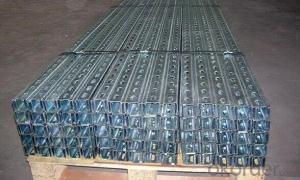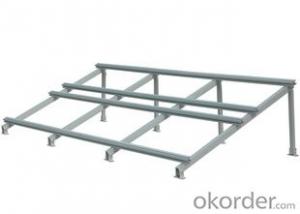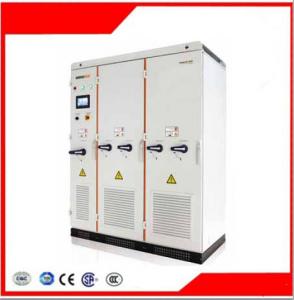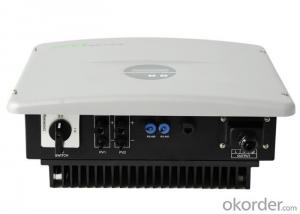Sunrun Solar Inverter
Sunrun Solar Inverter Related Searches
Sunpower Solar Inverter Sun Solar Inverter Suntech Solar Inverter Sunway Solar Inverter Sunshine Solar Inverter Sunways Solar Inverter Sunpower Solar Panel Inverter Solar Solar Inverter Sungold Solar Inverter Solar Smart Inverter Sunny Solar Inverter Solar Battery Inverter Smart Solar Inverter Solar Energy Inverter Sungrow Solar Inverter Solar Electric Inverter Smart Solar Power Inverter Smart Inverter Solar Samsung Solar Inverter Solar City Inverter Solar River Inverter Solar Power Battery Inverter Solar Home Inverter Solar Photovoltaic Inverter Solaris Solar Inverter Solar Panel Inverter Solar House Inverter Solar Light Inverter Solar Tech Inverter Solar Inverter KitSunrun Solar Inverter Supplier & Manufacturer from China
Sunrun Solar Inverter is a key component in solar energy systems, responsible for converting the direct current (DC) generated by solar panels into alternating current (AC) that can be used by homes and businesses. This advanced technology ensures efficient energy conversion and maximizes the output of solar power systems, making it an essential part of any renewable energy setup.The Sunrun Solar Inverter is widely used in various applications, including residential rooftop installations, commercial buildings, and large-scale solar farms. It is designed to withstand different weather conditions and operates efficiently in a range of temperatures, making it suitable for diverse environments. This product plays a crucial role in harnessing the power of the sun and reducing reliance on traditional energy sources, contributing to a greener and more sustainable future.
Okorder.com is a reputable wholesale supplier of the Sunrun Solar Inverter, offering a vast inventory to cater to the needs of various customers. With a commitment to quality and customer satisfaction, Okorder.com ensures that the Sunrun Solar Inverter is available at competitive prices and with prompt delivery, making it an ideal choice for those looking to invest in solar energy solutions.
Hot Products



















































